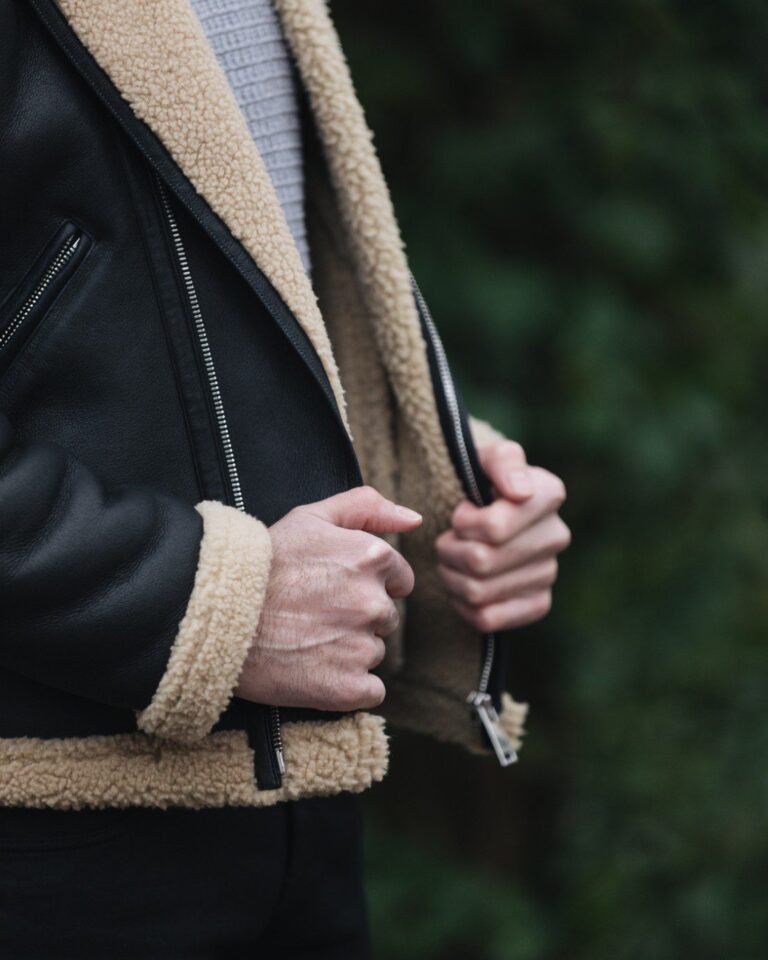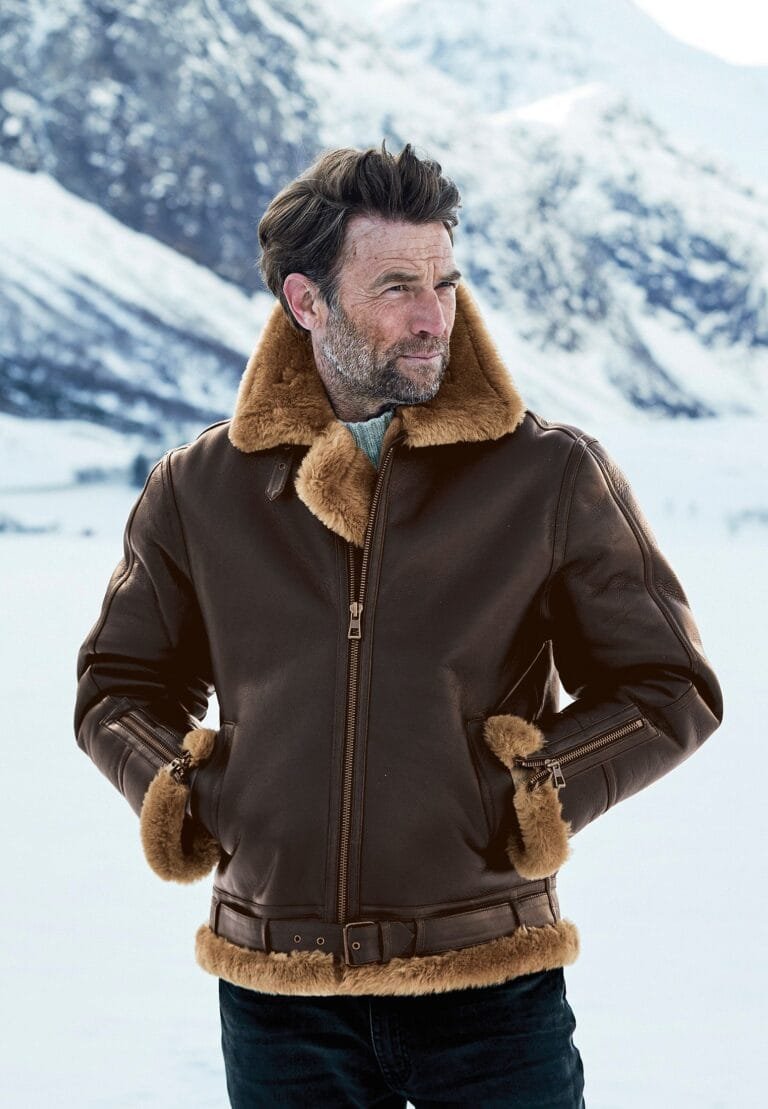How Warm is a Sheepskin Jacket?
Understanding Sheepskin: The Material Behind Warmth
Sheepskin jacket is a unique and versatile material that has garnered attention for its remarkable thermal properties, making it an optimal choice for warm jackets. One of the core characteristics of sheepskin is its natural ability to trap heat. The dense wool fibers within sheepskin create a layer of insulation that effectively retains warmth, allowing the wearer to stay comfortable in colder conditions. This insulation is superior to that provided by many other materials, including standard leather and various synthetic fabrics.

In addition to its heat retention capabilities, sheepskin exhibits a remarkable breathability. Unlike some other materials that can lead to overheating, sheepskin allows moisture and excess heat to escape. This property ensures that wearers do not experience the discomfort often associated with dampness or excessive sweating, even during extended periods of wear. The natural fibers help regulate body temperature, providing warmth without compromising comfort.
When compared to leather, sheepskin offers significant advantages. Although leather is durable and has its own insulating properties, it lacks the moisture-wicking quality intrinsic to sheepskin. As a result, wearers of leather jackets may find themselves uncomfortably hot or damp in certain climates. Furthermore, synthetic fabrics, while lightweight and cost-effective, usually do not match the breathability and thermal efficiency of sheepskin jackets.

Ultimately, sheepskin emerges as an outstanding material for jackets, not just for its aesthetic appeal but also for its functional warmth and comfort. The combination of heat retention, breathability, and moisture management positions sheepskin as an ideal option for anyone looking to invest in a warm and practical outerwear choice.
Comparative Warmth: Sheepskin vs Other Jacket Materials
When it comes to winter apparel, the warmth provided by various jacket materials can significantly influence comfort levels. Sheepskin jackets, renowned for their insulating properties, are often compared with other popular materials such as wool, fleece, and down. Understanding how each of these materials manages temperature can provide valuable insights when selecting outerwear.

Wool is a time-tested material known for its ability to retain heat, even when wet. Its crimped fibers trap air, creating an effective barrier against cold temperatures. However, the warmth of wool largely depends on its thickness and the weave, which may not be as effective as sheepskin in severe conditions. Fleece, on the other hand, is lightweight and breathable but lacks the same level of insulation as wool or sheepskin. While it is suitable for moderately cool weather, it may fall short in frigid temperatures, as it tends to lose heat quickly.
Down jackets are often touted for their warmth, primarily due to the air trapped within the down clusters. They offer excellent insulation to weight ratios, making them a favored option for extreme cold. However, their effectiveness diminishes when damp, as down loses much of its insulating properties when wet. In contrast, sheepskin remains warm even in wet conditions, thanks to its natural oils and dense structure.
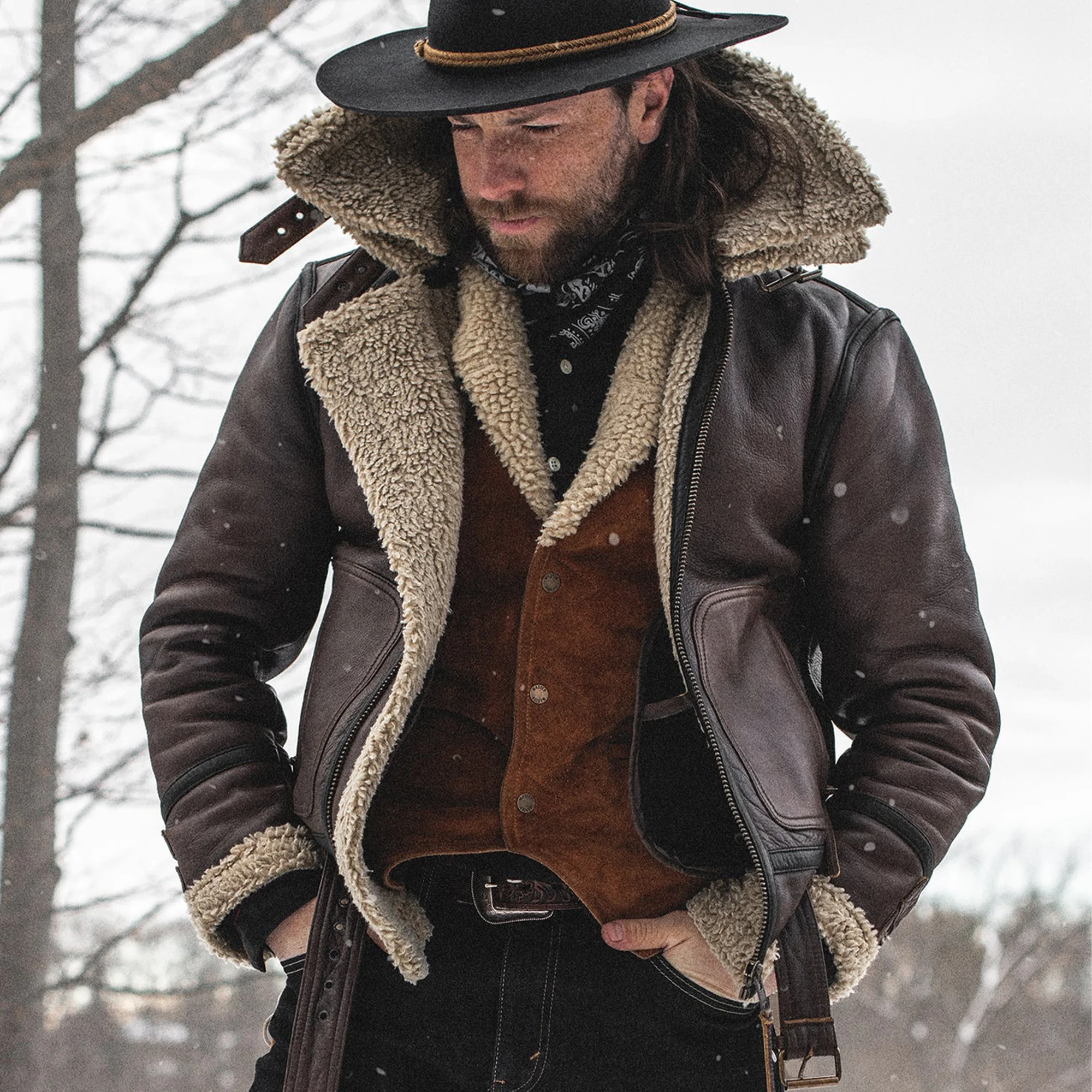
Real-life scenarios highlight the advantages of sheepskin in specific temperatures. For instance, during a cold, wet winter day, a sheepskin jacket would likely outperform a wool or fleece jacket, providing superior warmth and comfort. In contrast, for light and dry conditions, a down jacket may be a better choice, given its warmth-to-weight ratio. Each material has its strengths and is suited to different weather conditions, but sheepskin offers a unique combination of warmth and resilience that is particularly advantageous during harsh winters.
Practical Benefits of Wearing a Sheepskin Jacket
Sheepskin jackets offer a plethora of practical benefits that extend far beyond their renowned warmth. One of the primary advantages is comfort. The natural fibers of sheepskin provide a soft, luxurious feel against the skin, making it comfortable to wear for extended periods. Unlike synthetic materials, sheepskin boasts excellent breathability, which helps regulate body temperature, ensuring that wearers remain comfortable in various climates. This intrinsic quality contributes to a more pleasant experience, whether in cooler temperatures or milder weather.
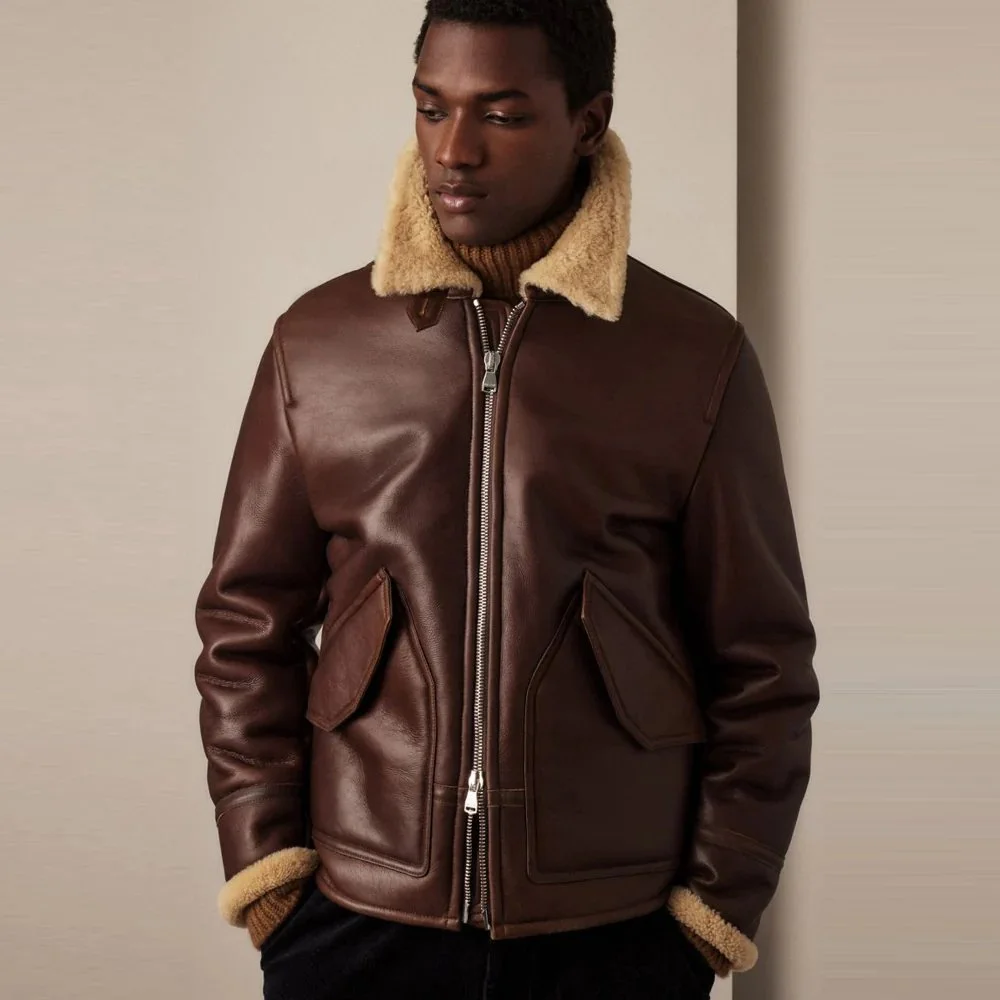
Durability is another significant benefit associated with sheepskin jackets. Made from high-quality leather and wool, these jackets are built to withstand the rigors of daily use while maintaining their structural integrity and appearance over time. With proper care, a sheepskin jacket can last for many years, making it a worthwhile investment. The resistance to wear and tear, coupled with natural water-repellent properties, ensures that the jackets remain functional and stylish even in adverse weather conditions.
Style and versatility are also distinguishing traits of sheepskin jackets. The authentic look of sheepskin, paired with its ability to be tailored into various designs, means that these jackets can easily enhance both casual and formal outfits. For instance, they can be effortlessly styled for a relaxed weekend gathering, or worn over dressy attire for a night out. This adaptability allows for a seamless transition between different settings, demonstrating that sheepskin jackets can cater to a wide range of occasions.
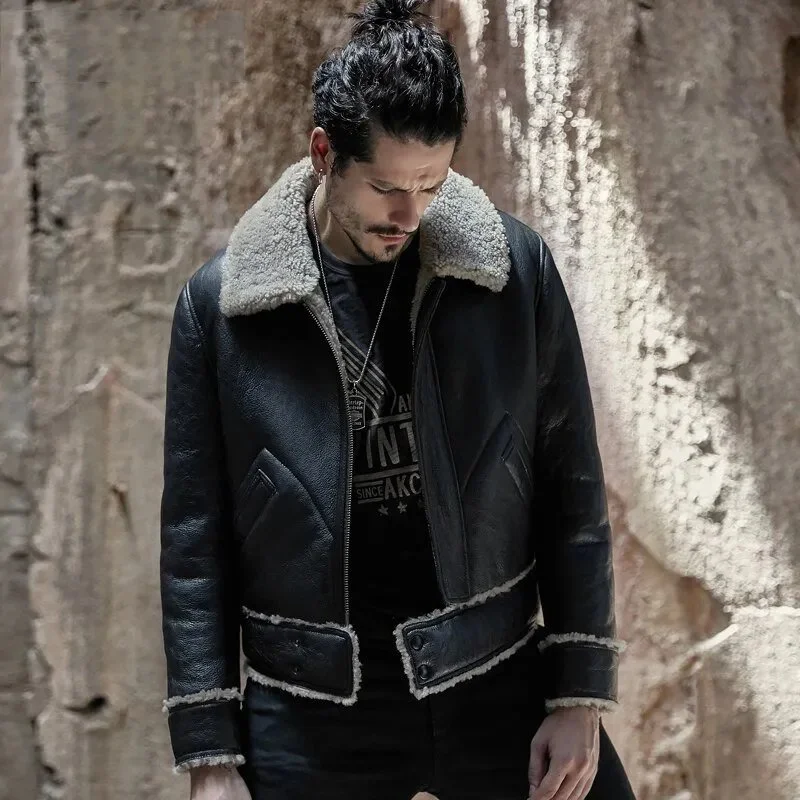
In conclusion, the practical benefits of wearing a sheepskin jacket encompass not only warmth but also comfort, durability, and versatile style. Their ability to be styled for various contexts while providing protection from the elements makes them an excellent choice for those seeking functionality without compromising on aesthetics.
Care and Maintenance: Ensuring Longevity of Warmth
To maintain the warmth and aesthetic appeal of a sheepskin jacket, proper care and maintenance are crucial. Regular upkeep ensures that the natural insulation properties of the sheepskin remain intact, allowing for continued comfort and functionality. One of the first steps in caring for a sheepskin jacket is to clean it appropriately. It is advisable to avoid machine washing, as this can compromise the material. Instead, gently brush the surface with a soft brush or cloth to remove dirt and debris. For tougher stains, a specialized sheepskin cleaner should be used according to the manufacturer’s instructions.
Storage plays a significant role in preserving the quality of a sheepskin jacket. When not in use, always store the jacket in a cool, dry place to prevent moisture accumulation, which can lead to mold and mildew. It is best to hang the jacket on a wide, padded hanger to maintain its shape. Avoid plastic garment bags, which can trap heat and moisture, opting instead for a breathable cotton or linen cover. This practice not only protects the jacket from dust and dirt but also allows it to breathe, preserving its natural insulative properties.

Additionally, regular maintenance involves inspecting the sheepskin for any signs of wear and tear. Pay attention to seams, edges, and areas that may be prone to friction. Investing in a quality leather conditioner designed for sheepskin can help keep the material supple and enhance its durability. Furthermore, applying a water-resistant spray designed for leather can provide added protection against unexpected weather conditions. By following these guidelines and committing to a regular maintenance routine, sheepskin jackets can retain their warmth and aesthetic appeal for many years, allowing one to enjoy both style and function throughout different seasons.


